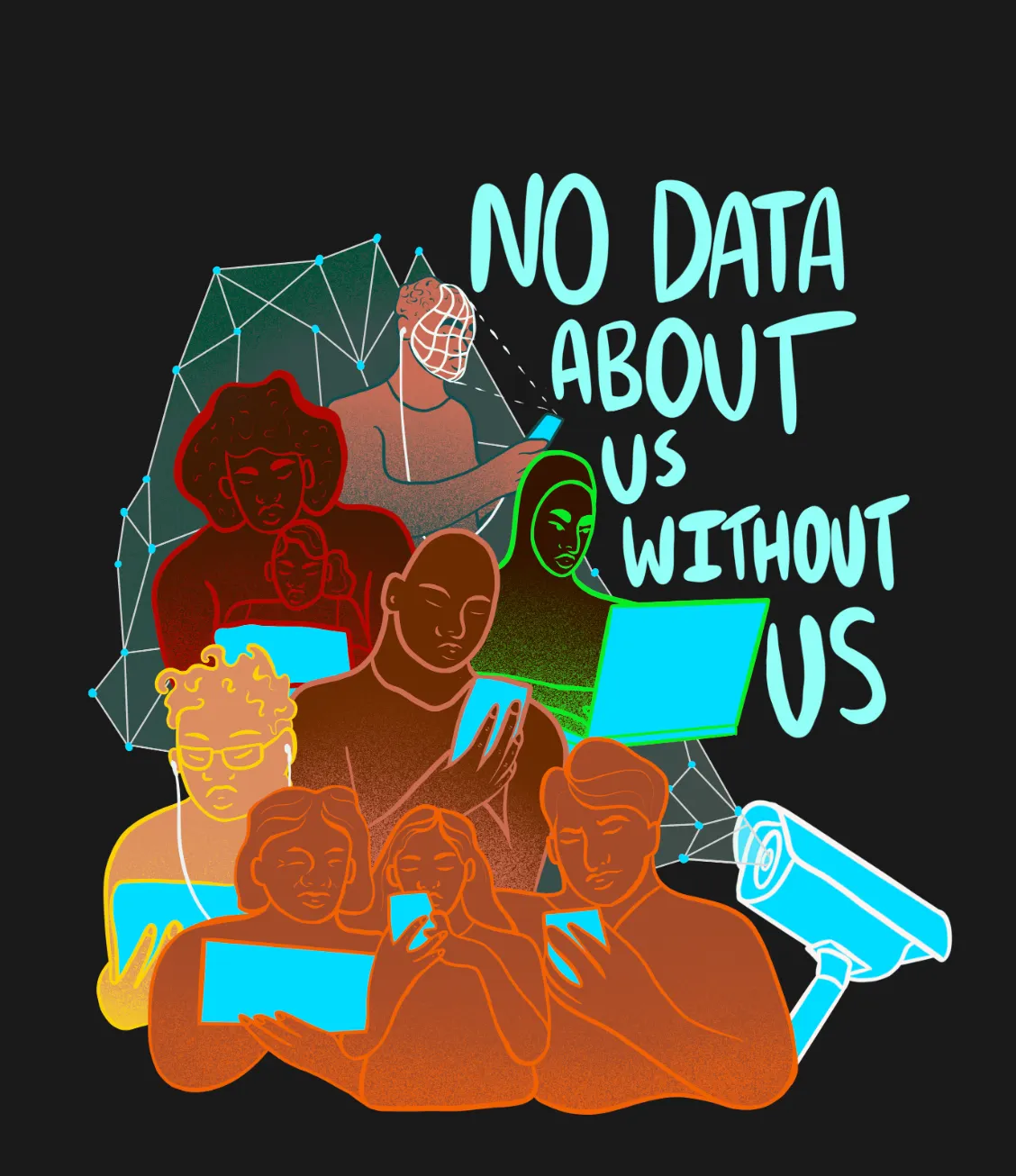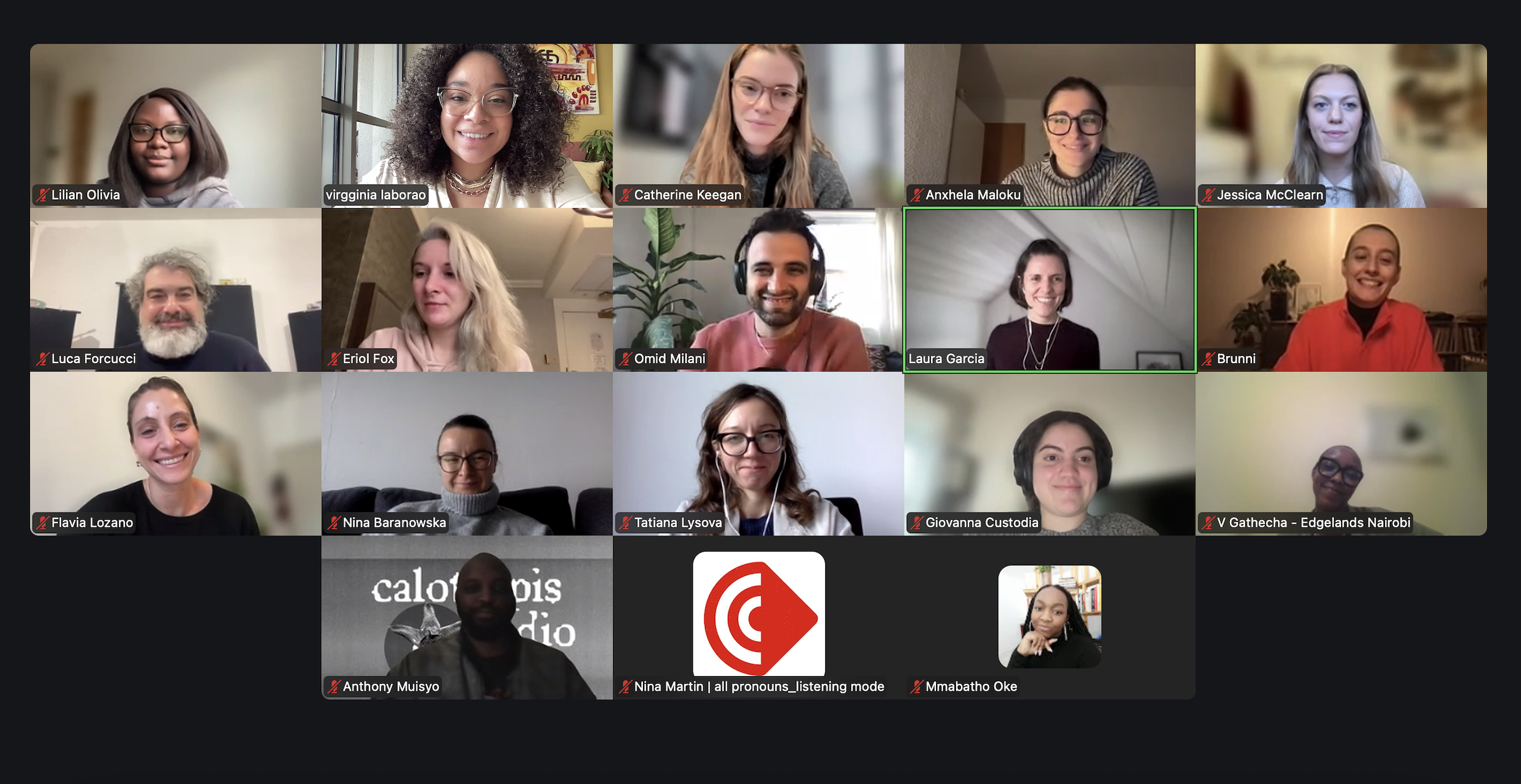The digitalization of urban security parameters as a tool to optimize urban mobility
Monica SanchezAs part of our Fellowship Program 2023, Monica Sanchez's blogpost explores how the 20th-century automobile revolution transformed cities, compromising pedestrian-centric urban designs and causing adverse effects on public spaces and safety.

Photo: Mahdi Samadzad
The rise of automobiles in the 20th century revolutionized transportation, but also reshaped the urban landscape. As cities expanded to accommodate cars, traditional pedestrian-centric urban designs were compromised. Wide roads, sprawling parking lots, and traffic-centric planning became the norm, often at the expense of public spaces and the safety of non-motorized road users.
It can be said that the current city is not designed for pedestrians, or better said the city of the past was not built for cars and has had to "adapt" to them, harming pedestrians, cyclists, or users of public transport. Sidewalks narrowed, crosswalks became unsafe, and the quality of public spaces diminished. The consequences include increased traffic accidents, reduced physical activity in the population, air pollution, and a less vibrant urban environment.
In this rapidly evolving landscape of urbanization, the quest for optimizing urban mobility has become a paramount concern for city planners and policymakers. The proliferation of digital technologies and the Internet of Things (IoT) has opened up new avenues for improving urban security parameters thus enhancing the efficiency of urban mobility.
Urban Mobility Challenges
The challenges of urban mobility are manifold and growing, presenting an ever-pressing need for innovative solutions. Rapid urbanization, driven by population growth and rural-to-urban migration, has exacerbated these challenges. As our cities increase in size and population, several critical issues have emerged:
- Congestion: Urban areas are often plagued by traffic congestion, which not only frustrates commuters but also leads to economic losses due to time wasted in traffic. The snarl of vehicles on city streets contributes to air pollution and greenhouse gas emissions, further intensifying environmental concerns.
- Longer Commute Times: Lengthy commute times are not merely an inconvenience; they affect the overall quality of life for urban residents. Prolonged commutes mean less time spent with family and friends, reduced physical activity, and increased stress levels. Additionally, the economic toll of extended commutes includes higher fuel costs and lower productivity for workers.
- Environmental Concerns: The environmental impact of urban transportation is a growing global concern. Increasing emissions from cars, buses, and trucks contribute significantly to air pollution and climate change. Finding sustainable alternatives to fossil fuel-powered vehicles is imperative to reduce the carbon footprint of urban mobility.
- Economic Repercussions: The inefficiencies in urban mobility have economic consequences that ripple throughout society. Businesses face increased transportation costs due to congestion and delayed deliveries. Moreover, urban areas with poor mobility can deter investments and hinder economic growth.
- Inequity: Urban mobility challenges are often disproportionately felt by marginalized communities. Limited access to public transportation, unreliable services, and inadequate infrastructure can create disparities in mobility options, exacerbating existing inequalities.

Digitalization: A New Frontier
Digitalization in cities involves the collection, processing, and analysis of data from various sources within the urban environment. When applied to security parameters, such as surveillance cameras, traffic sensors, and emergency response systems, it enables cities to create a comprehensive situational awareness framework.
Some key aspects of how digitalization can optimize urban mobility:
- Real-time Data Analysis: Digitalization allows cities to monitor traffic flows, identify bottlenecks, and respond quickly to accidents or emergencies. Real-time data analysis enables dynamic traffic management, leading to smoother traffic flow and reduced congestion.
- Predictive Analytics: Machine learning algorithms can process historical data to predict traffic patterns and identify potential issues. These predictions can be used to optimize traffic signal timings, reroute traffic, and improve public transportation schedules.
- Improved Safety: Digital security parameters can enhance public safety by enabling quicker response times to emergencies. For example, surveillance cameras can be integrated with facial recognition technology to identify potential threats in crowded areas.
- Data-driven Decision-Making: Urban planners can use data analytics to make informed decisions about infrastructure development, public transportation expansion, and the allocation of resources. This results in more efficient and sustainable urban mobility solutions.
- Enhanced User Experience: Mobile apps and smart city platforms can provide real-time information to commuters, helping them make informed choices about transportation options. This can lead to reduced travel times and increased satisfaction.
While the digitalization of urban security parameters offers immense potential, it also presents some challenges. Privacy concerns, data security, and the need for robust infrastructure are critical considerations. Moreover, cities must ensure that these technologies benefit all residents and do not exacerbate existing inequalities.
The digitalization of urban security parameters is a promising tool for optimizing urban mobility in the 21st century. By harnessing the power of data and technology, cities can transform their transportation systems, making them more efficient, safe, and sustainable. However, it is essential to address privacy and security concerns while ensuring that these innovations benefit all members of the community. As cities continue to grow, digitalization will play a central role in shaping the future of urban mobility.



